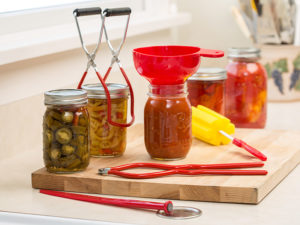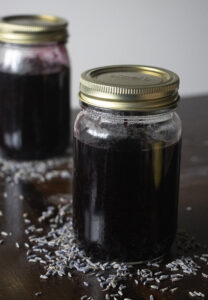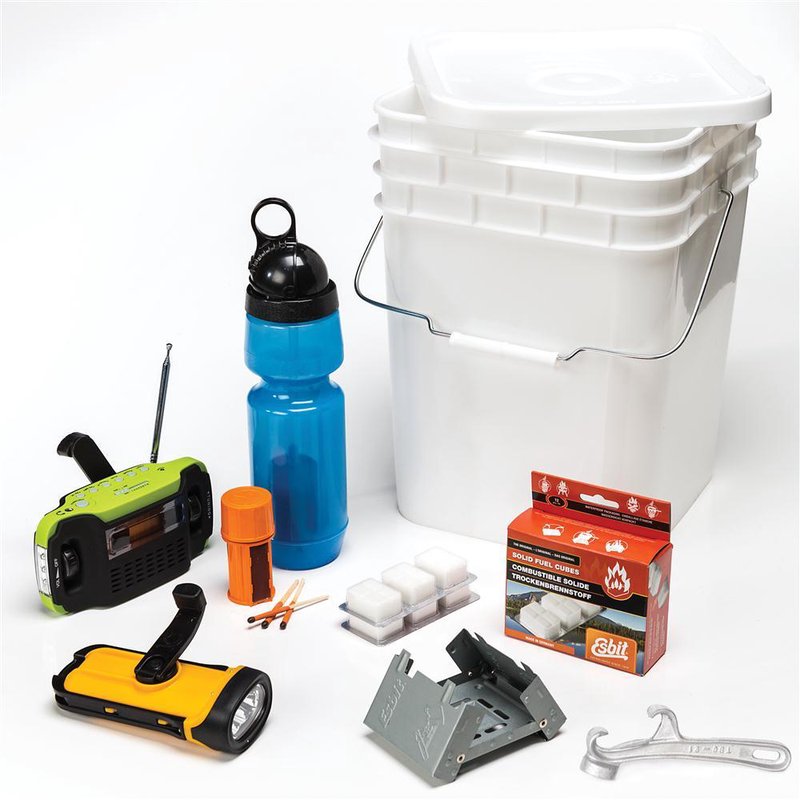
The chaotic aftermath of the recent devastation from Hurricane Sandy in the northeastern United States should be considered a wakeup call¦ sometimes you have to be ready to cope with an extended, serious emergency.
Are you prepared? It doesn’t take a hurricane or earthquake to test your preparedness. A serious winter storm can down utilities or cut off supply routes for days. Fortunately it doesn’t take a lot of money or labor to stow away enough food and supplies to not only survive, but be comfortable, during the first few days after a major weather event.
You need food, water and sleep. These three things are the essentials necessary to cope in a crisis situation. Here’s how you plan to make sure you and your family can, as the cliché goes, weather the storm.
Water:
For the short term, stored water will suffice. According to the National Terror Alert Response Center, a minimum of one gallon of water should be available per person per day. Most of that liquid will be for consumption, with the remainder for personal hygiene. Unless you live in an extremely remote location if so you’re likely already prepared for prolonged self-sufficiency you should plan for at least three days of taking care of yourself before help arrives.

Based on those numbers, a family of four needs at least 12 gallons of potable water available at all times. I take care of our water needs by keeping two plastic water containers that hold five to six gallons each. The containers are food safe and have a nozzle for ease of use. Additionally, I have a 55 gallon plastic barrel full of water stored on our enclosed sunporch. I filled the barrel and forgot it. I don’t care if it’s ready to drink, because it is to be used for flushing the toilet, or heating for bathing.
If our emergency continues past a couple of days, I can always purify my stored water using either my portable handheld water filter or purification tablets I keep in my emergency provisions. The tablets use iodine to purify, and have a second tablet to help remove the iodine taste. All our water storage containers and purification supplies cost less than $100. That’s cheap piece of mind if you ask me.
Food:
Survivor websites and publications would lead you to believe you have to have a basement or garage stacked full of military rations or the civilian equivalent of Meals Ready To Eat, or MRE’s, to survive the next weather event. While such things are helpful and provide long-term energy and protein, the truth is most serious weather events only hinder communications and supply lines for a couple days at most.
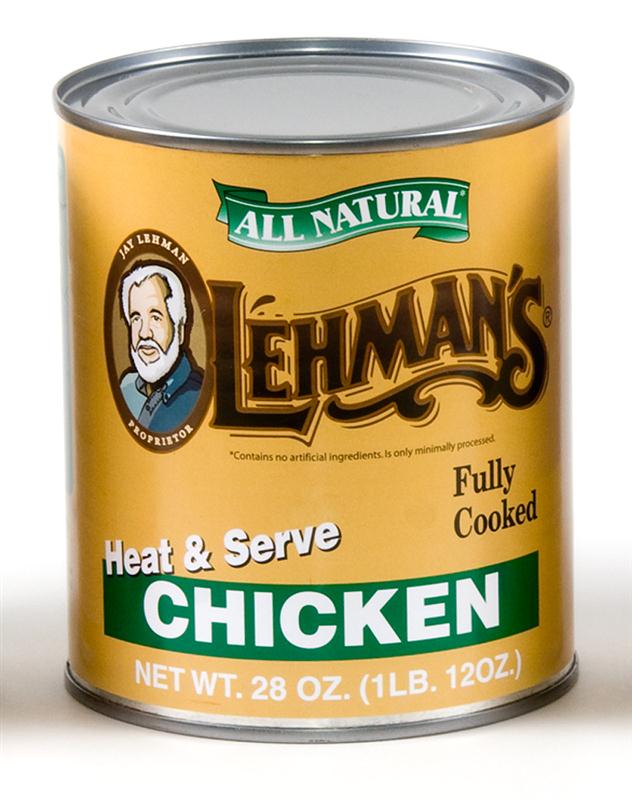
An ideal emergency food supply can be had by securing an assortment of canned and dry boxed or bagged goods. Sound too simple? Remember that canned foods have been sustaining humans since the early 1800s. Peter Durand, an Englishman, is credited with developing the process of sealing food in tin containers. By 1812, a commercial canning facility was open in the US. companies started up and began preserving a variety of foods including meats, vegetables, fruits and seafood.
Canned goods are a must-have for emergency provisions today. Canned meats retain life-sustaining protein and nutrients. Adding freeze-dried or dehydrated foods to your emergency kit will expand food choices to pastas, fruits and vegetables that require only reconstitution with a little water to be ready to eat. All these options can be bought and stockpiled for pennies on the dollar. When your next winter storm hits, you’ll be prepared, even if you’re socked in for a few days and unable to get to a grocery for fresh foods. (Don’t forget: pack a can opener in your stash too!)
As with water, you need to start your emergency food preparations by amassing a three-day supply of food per person. The American Heart Association suggests an adult needs a minimum of 2,000 calories per day in a survival situation. That takes into consideration the additional demands of a stressful situation and likely more physical activity than normal. True basic survival foods will provide the caloric requirements. But realistically, the goal is to have a variety of pre-packaged foods on hand to provide some enjoyable options. You’ll want some some carbohydrates for quick energy, and proteins for sustained energy. Keep in mind that some canned fruits or sweet snacks can make a trying situation more palatable.
Options for protein can include canned red meats, poultry or fish. Don’t overlook peanut butter as an easy-to-store alternative to meat. Of course you won’t want to eat peanut butter two or three meals a day, so store up on canned meats. Commercially canned meats are excellent if you haven’t preserved your own meat by home canning it.
Beans provide lots of sustainable energy, as do canned vegetables. Pastas and rice are easy to store and add variety to meals. Whole-wheat pastas and brown rice can added needed fiber, quick energy and are an inexpensive way to bulk out higher-energy/higher-protein foods. It pays to keep a couple bags of pasta on hand.
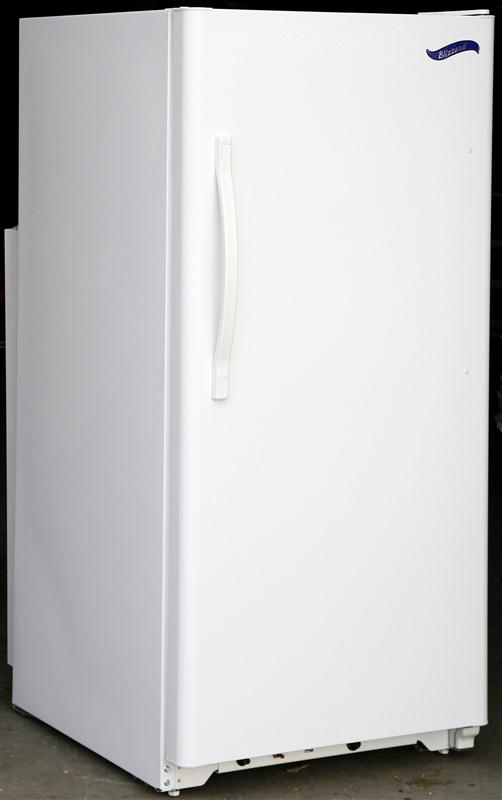
If you have the benefit of a sizable freezer, don’t overlook storing up on meats and vegetables there as well. The last major winter storm we experienced left us without power for five days. A small gas-powered generator ran the blower on our wood furnace, but wouldn’t maintain our refrigerator and freezer. Since the problem at the time was a horrendous winter storm, we simply sat the refrigerator goods out in an outbuilding to keep cold, and collected buckets of snow and ice from outside and sat them in the freezer to maintain the cold there.
Cycle Your Foods:
Every food item, even factory-canned goods, has an expiration date. That doesn’t mean the contents won’t remain edible and beneficial long past the printed “best used by date, but all foods will eventually experience a deterioration of taste or nutritional value. For that reason it pays to check your food stores regularly and cycle out food items that are either expired or near expiration. Replace those cans, boxes of bags with freshly packaged foods and use the older ones in upcoming meals. Doing so takes very little time, maybe a half hour every three or four months, but then you always know you have good food waiting when the need arises.
Sleep and Rest:
The final of the big three for survival is rest. Stressful survival situations can create tension and nervousness that can make rest elusive. Having enough water and food on hand to provide for you and your loved ones goes a long way toward taking tension out of the situation and allows you and your family to relax enough to sleep well. Simple things like layering blankets and sleeping as a group in one room with a central heat source can help everyone get decent rest.
Other topics to consider when thinking about winter storm preparedness include heat, first aid, transportation and communication¦ all topics which have been addressed in other entries on this blog in the past. Don’t overlook buying how to guides to improve your survival skills in all areas discussed. Such references are readily available. Armed with knowledge and a supply of food and water, you can rest assured that you’ll not only survive, but thrive when the wind blows strong and the snow piles deep.
















